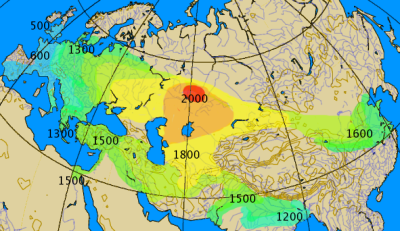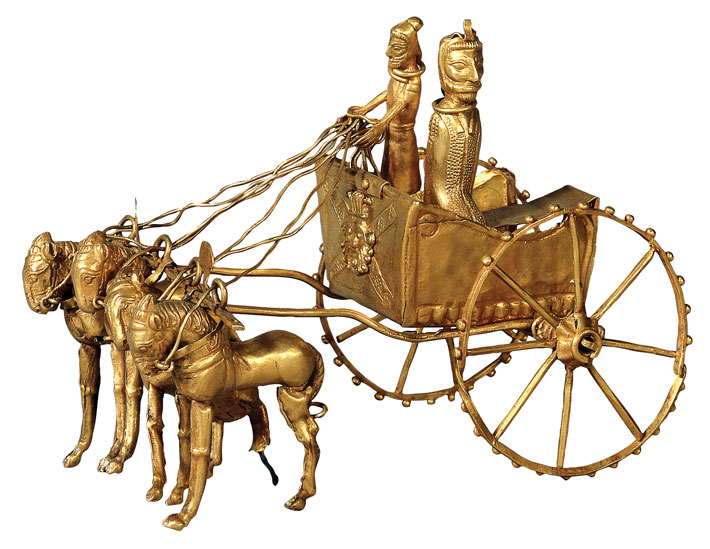Goga
Banned
- Messages
- 2,651
- Reaction score
- 152
- Points
- 0
- Y-DNA haplogroup
- R1a*
- mtDNA haplogroup
- HV1b2
Why should I give up? Genetic science is on my side...Keep on going, Goga, don't give up.
People like to forget things that they don't like and want to forget. I'm just repeating what the scientists are saying and what everybody should know before claiming anything.
For you consideration, I'm professionally trained/educated to recognize & counter any propaganda. (it's my (paid) job :innocent: )
To get a criminal you must think like a criminal, to understand a psycho the one need to think like a psycho. To get a racist you must think like a racist and use his 'weapons' against him. This is how we do it..




